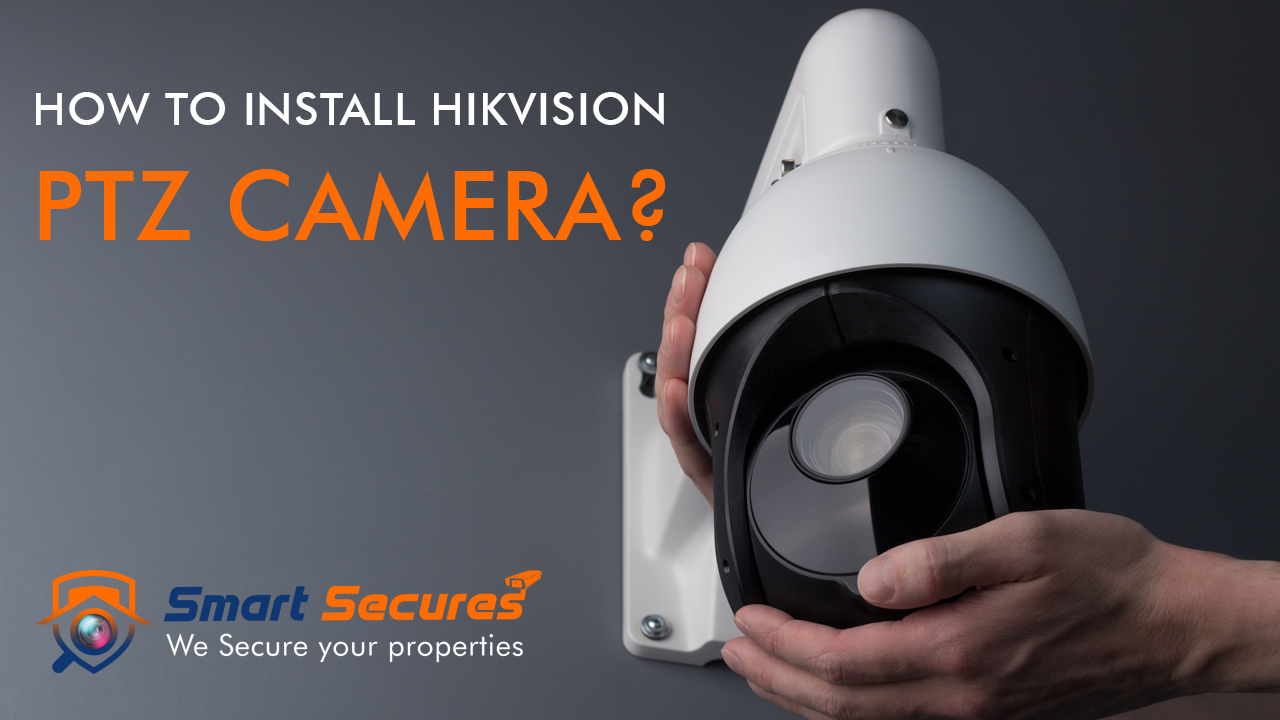Home > Blog > How to Install Hikvision PTZ Camera: A Complete Guide
Hikvision PTZ (Pan-Tilt-Zoom) cameras offer high-end surveillance capabilities for homes, businesses, and industrial facilities. Whether you're a security professional or a DIY enthusiast, understanding how to install a Hikvision PTZ camera is crucial for achieving optimal security coverage.

Hikvision PTZ cameras provide advanced features such as:
Their versatility makes them ideal for monitoring large areas like parking lots, warehouses, gated communities, and campuses.
Before starting the installation, gather the following:
Select a location with a wide field of view and minimal obstructions. Ideal spots include building corners, poles, or ceiling edges.
Tip: Height should be 10–30 feet off the ground for effective surveillance and zoom capability.
Use the mounting bracket to secure the Hikvision PTZ camera. Drill holes as marked, fix the anchors, and tighten the screws to attach the bracket. Carefully place the camera and make sure you hold it firmly in place.
If using PoE: Connect the Ethernet cable to a PoE switch or NVR.
If using standard power: Plug in the 12V DC adapter and connect the Ethernet to the network.
Ensure a stable power supply and internet connection for seamless remote access.
Download and install the Hikvision SADP tool from the official Hikvision website.
Steps:
Open a browser and enter the camera’s IP address. Log in and go to the PTZ control section.
Adjust:
Add the camera to your NVR or DVR via the device management interface. Once added, you can monitor, record, and control the camera through your security system.
Having issues? Try these:
Installing a Hikvision PTZ camera might seem hard, but with the right steps, you can set it up like a pro. To set up the security camera system, use the Hikvision SADP tool. Each step makes sure your surveillance is strong, new, and dependable.
Not necessarily. You can use either PoE (Power over Ethernet) or a standard 12V DC power supply.
The SADP tool helps detect Hikvision cameras on your network, activate them, and configure IP settings.
Yes, make sure to choose weatherproof models (IP66/IP67 rated) and mount them securely to avoid damage.
Use the Hikvision mobile app or access the camera via its IP address in a browser. Set patrol paths, zoom, and movement from the interface.
Try a soft reset, check firmware updates, or reconnect it to your network. Also check that the NVR has enabled the PTZ settings.
Look for certified, well-reviewed local providers. Check online platforms or ask for referrals to get experienced technicians.
First, check the power and video cables. If the cables are fine, restart the DVR. If the issue persists, consult a professional.
Ideally, technicians should inspect CCTV systems every 6 to 12 months to ensure optimal performance.
Yes, you can upgrade older analog systems to HD or IP-based systems. Reach out to professionals offering
This is usually due to dirty lenses or malfunctioning night vision. Clean the lens and check if the infrared lights are working.

5,852 reviews